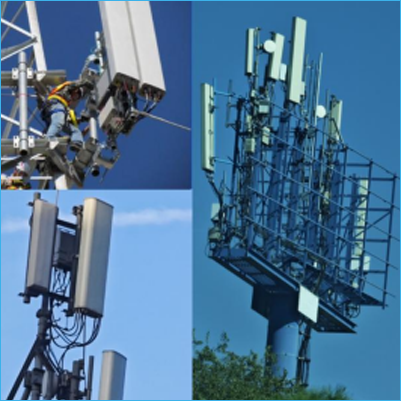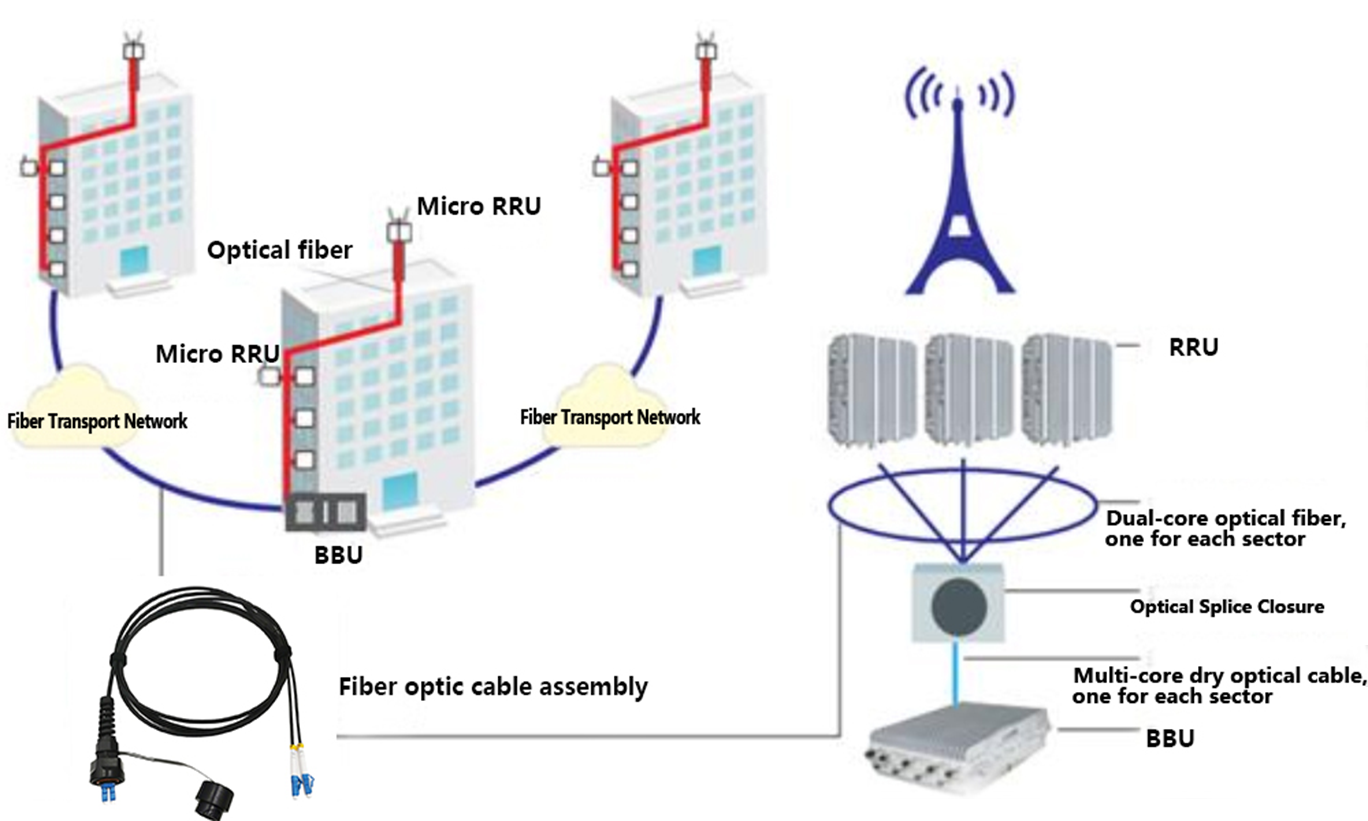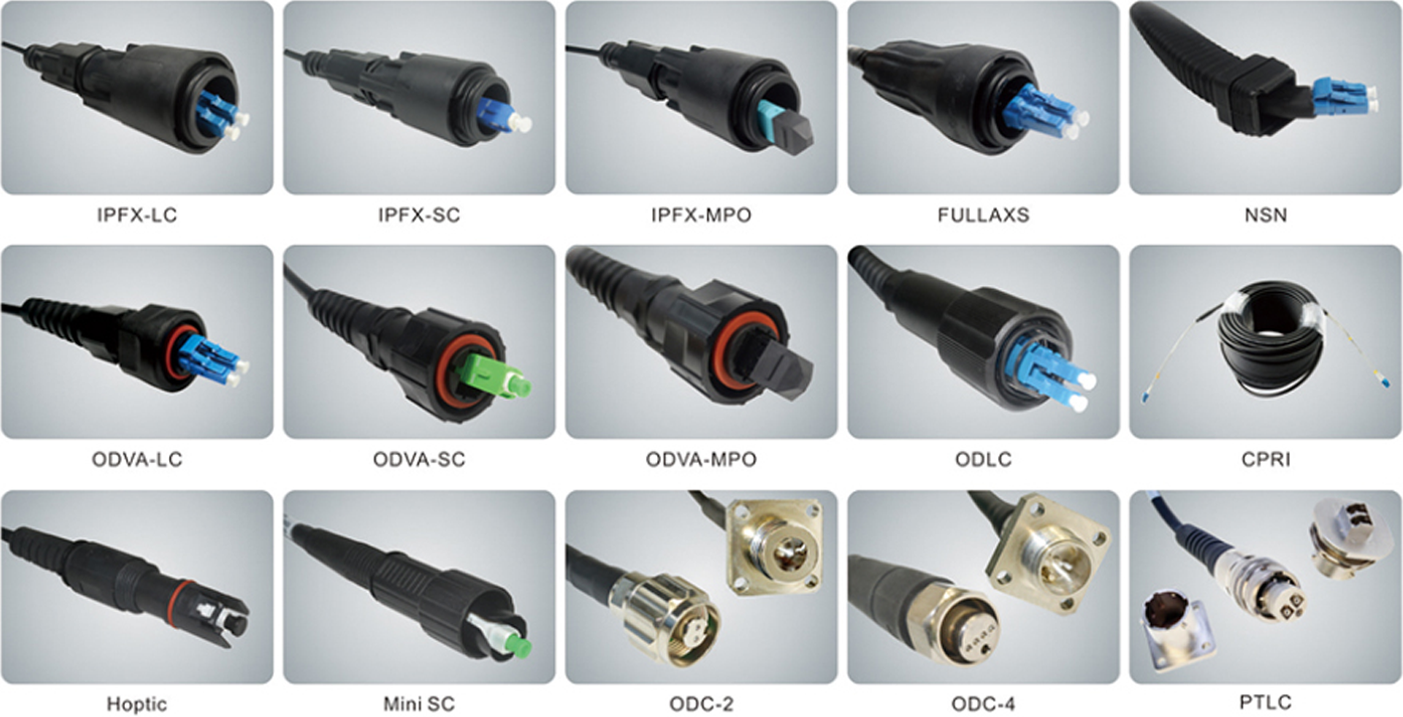Fiber to the Antenna (FTTA) Solution
FTTA stands for "Fiber to the Antenna," and it is a network architecture commonly used in the telecommunications and wireless communication industry, especially in the deployment of cellular and mobile networks. FTTA involves connecting remote radio units (RRUs) or antenna units at cell towers or base stations to the central processing units and core network using optical fiber cables.

Key components and characteristics of FTTA include:
Optical Fiber Cabling: FTTA relies on optical fiber cables to carry data and signals from the central processing units to the antenna units at cell towers. Fiber-optic cables are capable of carrying high data rates and provide low latency, making them well-suited for high-speed data transmission in 4G and 5G networks.
Remote Radio Units (RRUs): RRUs are the electronic units that are installed at the cell tower or antenna mast. They handle radio signal processing and are connected to the antennas. FTTA allows RRUs to be located close to the antennas, reducing signal loss and improving network efficiency.
Base Station: The central processing and control equipment that manages and routes traffic in a cellular network. It connects to the RRUs via optical fiber cables.
Fiber optic transceiver (optical module): Fiber optic transceiver is used to convert electrical signals into optical signals and vice versa. These devices are usually packaged in standards such as SFP or SFP+ and can be connected with fiber optic cables.
Fiber optic connection equipment:: Connection equipment is required between the base station and the antenna, usually including fiber optic connectors and connection boxes to ensure the stability of the connection and protect the optical fiber.
Fiber Scheduling System:: This is a system that manages and maintains fiber connections to ensure performance and reliability. It often includes monitoring and alarm functions to detect potential problems.
Outdoor Antenna Unit (ODU):: This is the device connected to the antenna system, usually installed near the base station. The ODU is responsible for delivering optical signals to the antenna, while providing power and other necessary functions.
Indoor base station equipment:: In the indoor part of the base station, fiber optic access equipment is usually required to connect the signal to the mobile communication network.

Outdoor Fiber Optic Cable Assembly
